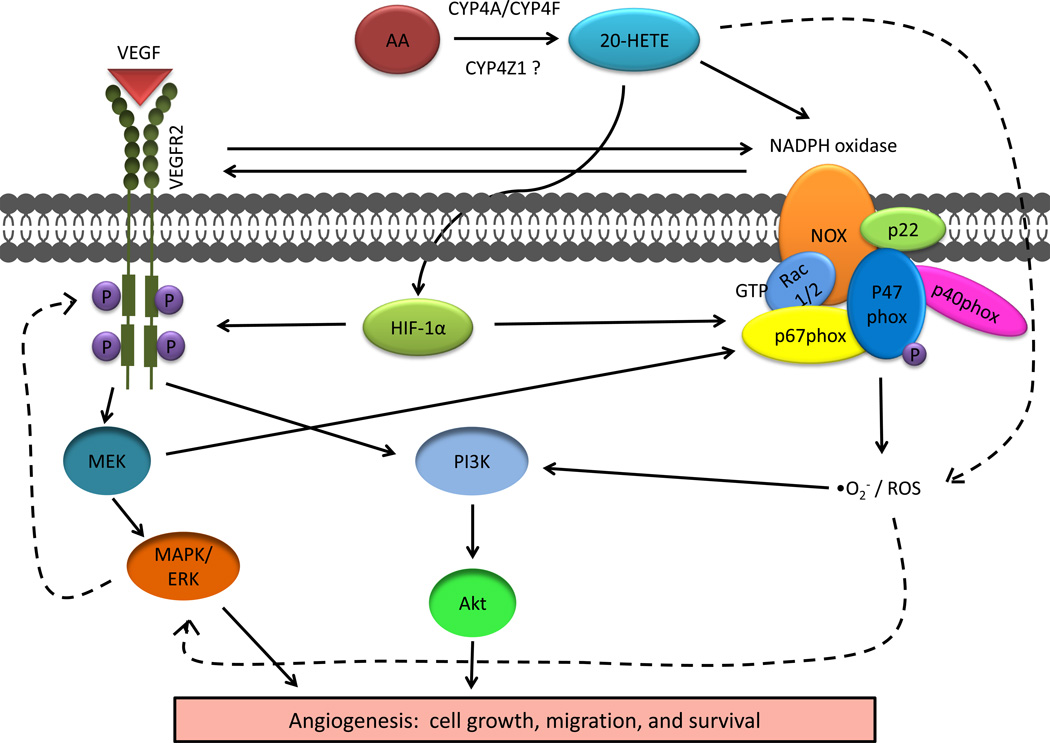Figure 2. Schematic of signaling cascades involving 20-HETE in angiogenesis.
Arachidonic acid (AA) is metabolized to 20-HETE by cytochrome P450 (CYP) ω-hydroxylases of the CYP4A/CYP4F subfamilies. Recent evidence suggests that a novel family member, CYP4Z1, may also biosynthesize 20-HETE. 20-HETE acts through hypoxia-inducible factor (HIF)-1α and NADPH-oxidase via activation of Rac1/2 and phosphorylation of p47(phox) to increase vascular endothelial growth factor expression (VEGF) expression and phosphorylation of VEGF Receptor 2 (VEGFR2). VEGF signaling is activated leading to stimulated angiogenesis via MEK/MAPK/ERK and PI3K/Akt. In vitro evidence suggests that VEGF and MEK also partially regulate NADPH oxidase. Reactive oxygen species (ROS) are increased through a NADPH-dependent pathway resulting in activation of the PI3K signaling leading to angiogenesis. It is also thought that ROS are stimulated by a NADPH-independent mechanism resulting in activation of MAPK/ERK that leads to increased VEGF (dashed lines); however, this mechanism is not completely understood. The solid lines refer to well established pathways, whereas the dashed lines are indicative of pathways that are not completely characterized.

